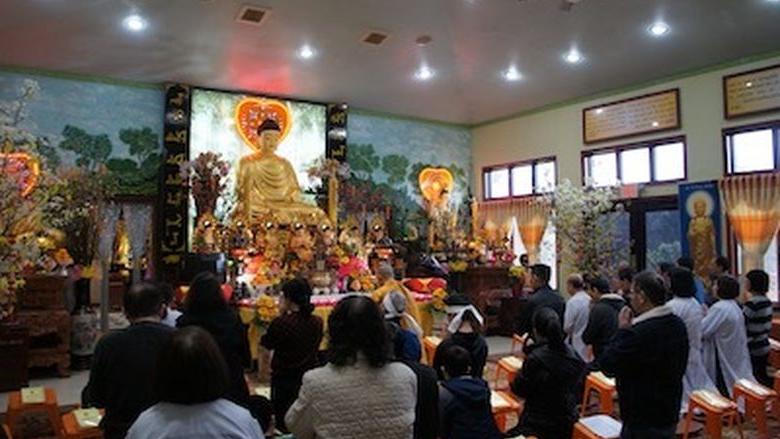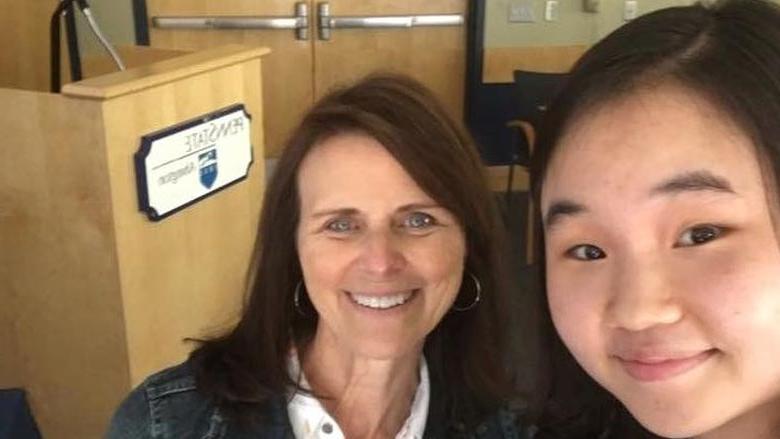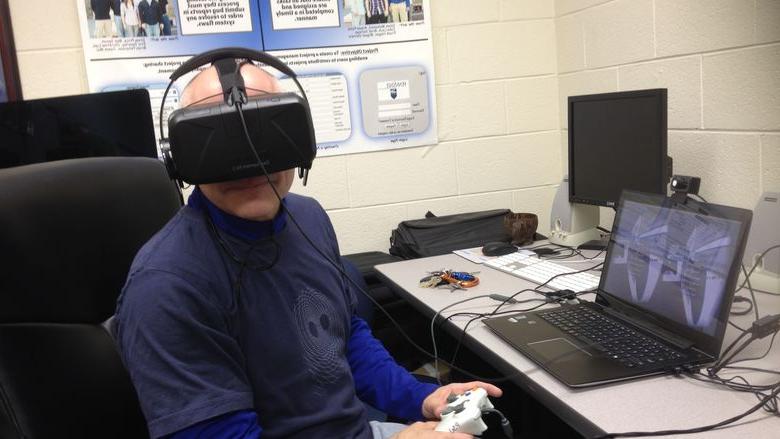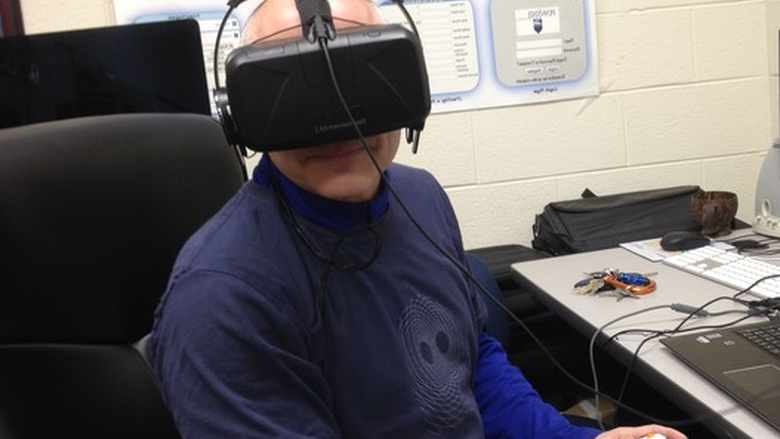
This head was created as a test during the new interdisciplinary course, LA497: Visualization, using the 3D modeling tool Blender.
It's week three of a new interdisciplinary course at Penn State Abington, and the students and team of instructors are shifting paradigms, thinking outside of boxes, and working out of their comfort zones. The groundbreaking course was developed as a model of integrated teaching and learning - essentially the coursework the very near future.
But how does one process emotionally and socially a completely new way of thinking and working? Eight faculty are team-teaching 24 hand-selected students, and blog posts on the website for LA497: Visualization provide some insight.
Jacob Benfield, assistant professor of psychology, posted a funny analogy on the class blog to relate his thoughts:
"I’ve been struggling these first few weeks to make a judgment about this class. What do the students think? What have I gotten myself into? Is this going to be a disaster or a triumph?
"Let me start with an analogy that summarizes my thoughts comically: A blindfolded kissing booth is an absurd situation. Why would you ever sign up to interact with strangers in such an intimate way? What if there’s unexpected stubble or stinky breath?
"At the same time, what if you like it? What if the idea of the unknown, the unnatural, and the uncomfortable makes something as benign as kissing more interesting? What if you make a new friend or end up with a great story to tell later? What if it’s better than you expected?
We’ll never have a better excuse or opportunity to take a risk, try something new, engage an interest that we wouldn’t normally, and rely on our imagination, rather than our senses, to tell us what’s happening.
-- Jake Benfield
"We’ve all somehow stumbled into a similar situation with this class. We know what to do but usually not on these terms. We are worried that this may lead to bad ideas, weird interactions, and lots of other “stubble.”
"At the same time, we’ll never have a better excuse or opportunity to take a risk, try something new, engage an interest that we wouldn’t normally, and rely on our own imagination, rather than our senses, to tell us what’s really happening."
The course explores a fifth-century Chinese Buddhist text on visualization meditation through the lenses of history, religious studies, art, digital media, psychology, neuroscience, information sciences and technology, and library and information science.
After initial research on visualization practices in Asian religion and philosophy, each student chose three projects last week from among six developed by the faculty team. They are working individually and collaboratively, guided by customized learning contracts instead of the traditional syllabus.
The course is an outcome of ongoing Abington faculty discussions about the central role of collaborative teaching and learning in higher education. The goal is to pave the way for future interdisciplinary teaching at Abington and serve as a model throughout the University. The course is partially funded by a grant from Schreyer Institute for Teaching Excellence at Penn State.
Learn more about the course and its foundations at http://news.muurausahvenlampi.com/story/341275/2015/01/19/new-abington-course-models-…







